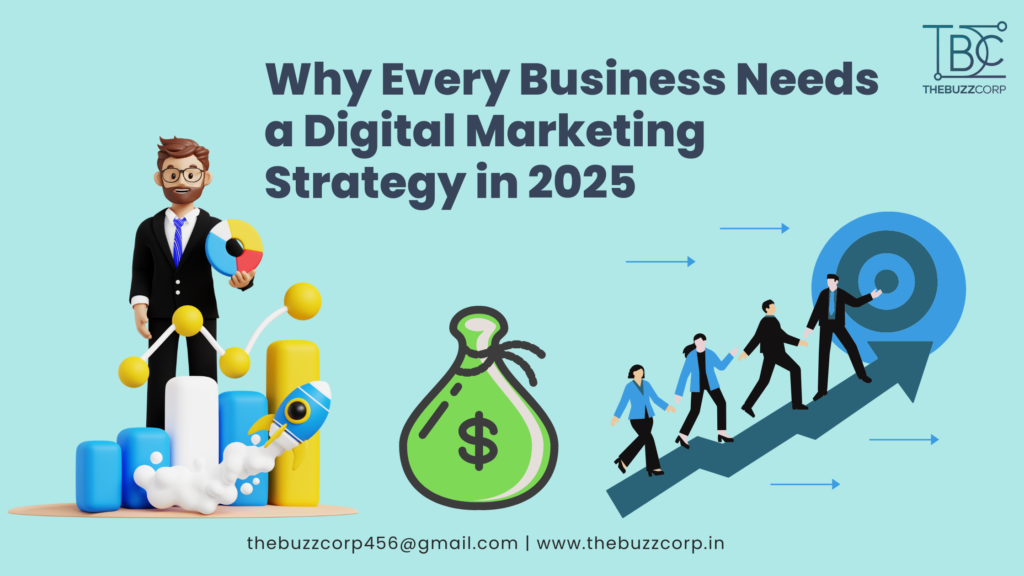Why Every Business Needs a Digital Marketing Strategy in 2025 🏆
Hello, business owners and entrepreneurs! Are you finding it challenging to keep up with the fast-paced digital world? Do you feel like your traditional marketing methods aren’t delivering the results they once did? You’re not alone. In 2025, the business landscape has evolved dramatically, and having a robust digital marketing strategy is no longer optional—it’s essential. Let’s explore why.
The Digital Shift: Why It’s Crucial Now
In recent years, consumer behavior has shifted towards online platforms. Here’s why embracing digital marketing is vital:
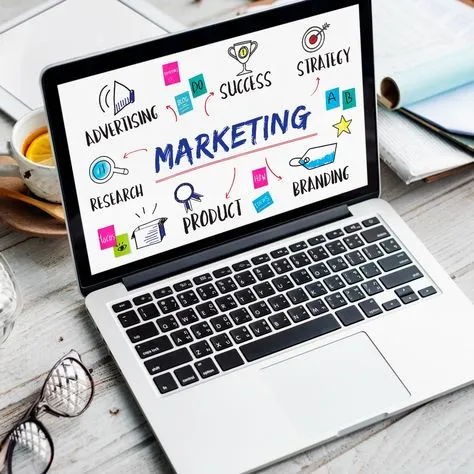
- Increased Online Spending: More consumers are shopping online than ever before. Without a digital presence, you’re missing out on a vast market.
- Staying Competitive: Your competitors are investing in digital marketing. To stay ahead, you need to be where your audience is—online.
- Personalization: Digital marketing allows for targeted campaigns, ensuring your message reaches the right people at the right time.
Benefits of a Digital Marketing Strategy
Implementing a digital marketing strategy offers numerous advantages:
- Cost-Effective: Digital campaigns often cost less than traditional methods and can reach a broader audience.
- Measurable Results: Tools like Google Analytics provide insights into campaign performance, allowing for data-driven decisions.
- Improved Customer Engagement: Social media and email marketing enable direct interaction with customers, fostering loyalty.
Key Components of a Successful Digital Marketing Strategy
To thrive in 2025, a well-rounded digital marketing strategy is essential. Here’s a breakdown of the key components:
1. Search Engine Optimization (SEO)
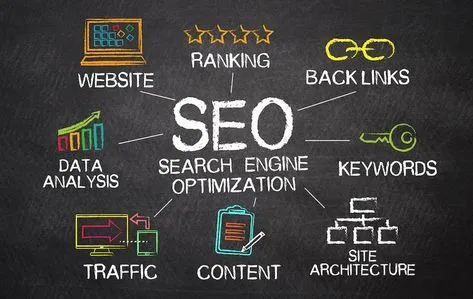
What It Is:
SEO is the practice of optimizing your website to rank higher on search engines like Google. It involves keyword research, on-page optimization, and link-building.
Why It Matters:
- Increases organic (free) traffic to your website.
- Builds credibility and trust with potential customers.
- Enhances user experience, making your site faster and easier to navigate.
Tips to Implement:
- Conduct keyword research using tools like Google Keyword Planner or SEMrush.
- Optimize on-page elements (title tags, meta descriptions, headers).
- Focus on high-quality backlinks from reputable sources.
2. Content Marketing
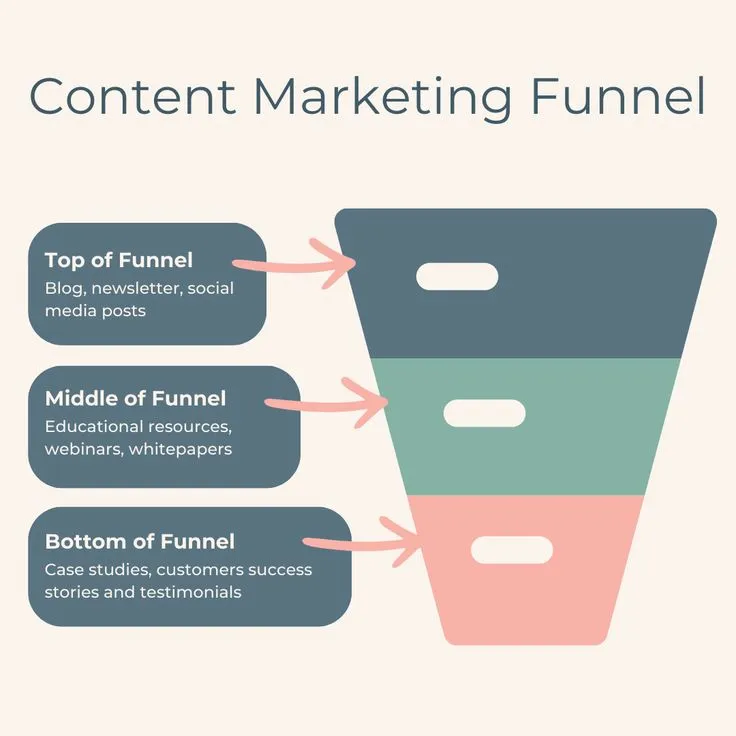
What It Is:
Content marketing involves creating and distributing valuable, relevant, and consistent content to attract and engage a target audience. This includes blogs, videos, infographics, and more.
Why It Matters:
- Establishes authority in your industry.
- Educates and informs potential customers, building trust.
- Drives traffic through SEO-optimized content.
Tips to Implement:
- Focus on solving customer pain points with informative content.
- Use storytelling to make your brand relatable.
- Repurpose content (e.g., turning a blog post into a video or infographic).
3. Social Media Marketing

What It Is:
Social media marketing involves promoting your brand on platforms like Instagram, Facebook, LinkedIn, and TikTok to increase brand awareness, engagement, and conversions.
Why It Matters:
- Connects with a larger, more diverse audience.
- Humanizes your brand through interactive content.
- Provides valuable insights through analytics tools.
Tips to Implement:
- Choose platforms where your target audience is most active.
- Post consistently and engage with your audience (likes, comments, DMs).
- Use a mix of content formats: carousels, reels, live videos, and stories.
4. Email Marketing
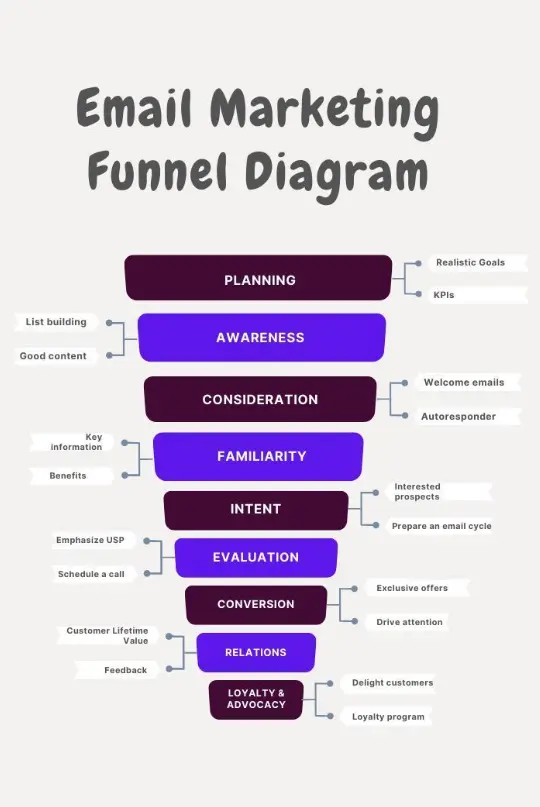
What It Is:
Email marketing involves sending targeted messages to your audience’s inbox to nurture leads, promote products, and build customer relationships.
Why It Matters:
- Direct and personalized communication with customers.
- High ROI compared to other digital marketing channels.
- Drives traffic to your website or landing pages.
Tips to Implement:
- Segment your email list to send relevant content.
- Use attention-grabbing subject lines and personalized greetings.
- Include clear CTAs (Call to Actions) for higher click-through rates.
5. Pay-Per-Click Advertising (PPC)
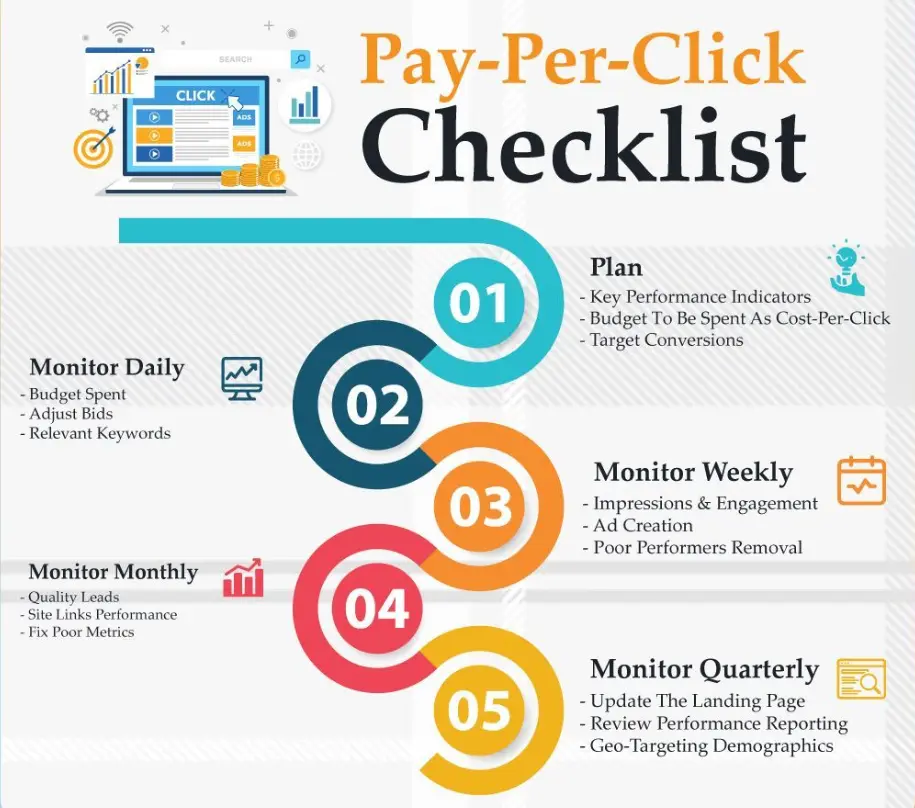
What It Is:
PPC advertising involves paying for ads that appear on search engines or social media platforms when users click on them. It includes Google Ads, Facebook Ads, and Instagram Ads.
Why It Matters:
- Immediate visibility and traffic to your website.
- Targeted reach based on demographics, interests, and behaviors.
- Measurable results with real-time performance tracking.
Tips to Implement:
- Perform A/B testing to optimize ad performance.
- Use negative keywords to exclude irrelevant searches.
- Monitor ROI and adjust campaigns based on analytics.
6. Analytics and Data-Driven Decision Making

What It Is:
Using data analytics to measure and optimize digital marketing strategies. This includes tools like Google Analytics, social media insights, and CRM analytics.
Why It Matters:
- Provides insights into customer behavior and campaign performance.
- Enables data-driven decisions for better ROI.
- Identifies opportunities for improvement and scaling.
Tips to Implement:
- Set up Google Analytics to track website traffic and conversions.
- Use heatmaps to understand user interactions on your website.
- Monitor KPIs such as click-through rates (CTR), engagement rates, and ROI.
Emerging Trends to Watch
Stay ahead by embracing these trends:
1. AI Integration
Advanced AI and ML revolutionizing personalization, automation, and data analysis. AI-driven decisions now power 70% of digital marketing strategies.
2. Search Everywhere
Digital marketing trends in search are evolving beyond traditional SEO. Latest digital marketing trends reveal 40% of Gen Z using social platforms as primary search tools.
3. Voice Search
Voice-focused digital marketing trends show over 1 billion monthly searches. These digital marketing trends for 2025 indicate voice becoming the preferred search method.
4. Visual Search
Emerging digital marketing trends in visual search processing 10 billion monthly queries. These digital marketing trends transform how users discover products online.
5. Platform Convergence
Ongoing management of campaigns across channels, including the use of analytics and optimization, adds to the overall cost but helps improve ROI.
6. Social Commerce
Future digital marketing trends project social commerce exceeding $1 trillion by 2028. These digital marketing trends revolutionize how consumers shop online.
7. Hyper-Personalization
Key digital marketing trends show 73% of consumers demanding personalization. These digital marketing trends in 2025 enable real-time customization at scale.
8. Phygital Experiences
Latest digital marketing trends merge physical and digital experiences. These digital marketing trends for 2025 create seamless omnichannel customer journeys.
Action Steps for Businesses
Ready to elevate your digital presence? Here’s how to start:
- Assess Your Current Strategy: Identify what’s working and what’s not.
- Set Clear Goals: Define what you want to achieve with your digital marketing efforts.
- Invest in Training: Ensure your team is up-to-date with the latest digital marketing trends and tools.
- Monitor and Adapt: Regularly review your campaigns and adjust as needed to improve performance.
Conclusion
In 2025, a well-crafted digital marketing strategy is crucial for business success. By embracing digital channels, you can reach a wider audience, engage customers effectively, and stay ahead of the competition. Don’t wait—start building your digital strategy today!
Frequently Asked Questions (FAQs)
Q1: Is digital marketing suitable for small businesses?
A1: Absolutely! Digital marketing offers cost-effective methods that can be tailored to fit any budget, making it ideal for small businesses.
Q2: How long does it take to see results from digital marketing?
A2: While some strategies like PPC can yield immediate results, others like SEO may take several months. Consistency and quality are key.
Q3: Do I need to be on every social media platform?
A3: Not necessarily. Focus on platforms where your target audience is most active.
Call to Action: Ready to transform your business with digital marketing? Contact The Buzz Corp today for a personalized strategy that fits your needs.

